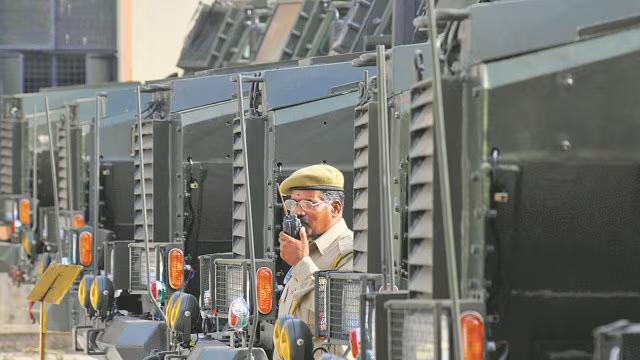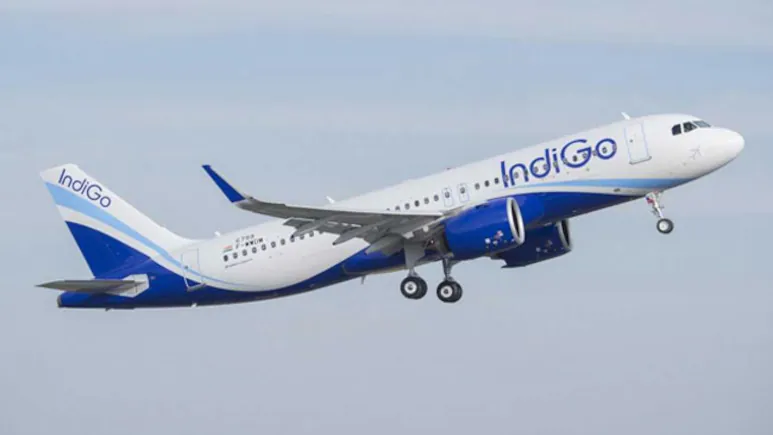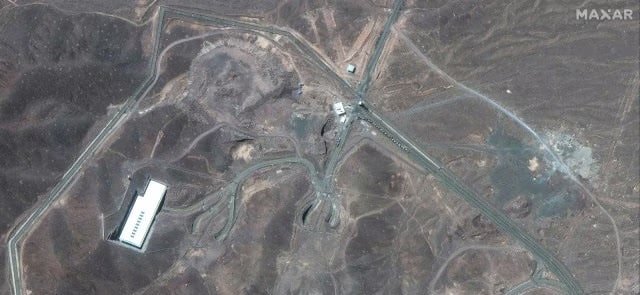The airspace of West Asia glowed on June 12 as Israel launched its largest military strike on Iran to date, seeking to cripple Iran’s nuclear and military infrastructure and kill senior Iranian commanders. Though this battle is often viewed as an extension of Israel and Iran’s protracted enmity, the shock waves from this prolonged struggle are now reaching India, which is deeply invested in the region, economically, strategically and geopolitically.
India’s Long-Standing Diplomatic Balancing Act
India has long danced a diplomatic tiptoe between Israel and Iran, maintaining strong bilateral relations with both countries. But the sudden escalation here risks unraveling years of strategic diplomacy and presents serious risks to India’s trade, energy security and regional ambitions.
The Attack That Shattered a Region
Israel’s operation, which it described as a preemptive move against Iran’s nuclear threat, struck several sensitive sites throughout Iran, including military and nuclear facilities in Tehran and its outskirts. Irreparably damaged, officials said, was the image of the Iranian military and of Mr. Rouhani himself. Among the highest-profile Iranian fatalities were:
- Major General Mohammad Bagheri
- Major General Hossein Salami
Iran responded quickly, firing dozens of missiles at Israeli territory. The attacks had led to both casualties and serious damages, which had caused the two countries to inch ever closer to all-out war. As the two sides traded fire, tensions soared in the region – and India found itself with a long and complicated geopolitical puzzle on its hands.
India’s Strategic Stakes in Iran
Iran is not just any other West Asian country for India – it is a lynch-pin to India’s regional connectivity and energy security imagination.
- Chabahar: India has already pledged billions of dollars to develop the Port of Chabahar in Iran. This port is viewed as a gateway to Central Asia and a rival to the Chinese-backed port at Gwadar in Pakistan.
- INSTC: The Chabahar port features prominently in this dream corridor, which would connect India to Afghanistan, Central Asia, Russia and Europe by-passing Pakistan using a combination of sea and land routes.
Any turmoil in Iran would hinder or even shut these projects down. Cut off from Iran, India forfeits its most direct route to Central Asia – a region flush with rare earth minerals and crucial to India’s long-term energy and strategic needs.
And India’s trade links with Afghanistan – already under strain by the Taliban regime – could take another hit because much of it passes through Iran. Severed from Iran, which has better infrastructure and less objectionable ideology, both China and Pakistan could rapidly fill the vacuum across the region. China, through its increasing trilateral dialogue with Pakistan and Afghan authorities, is already moving toward greater engagement with Afghanistan.
Also read, In Faridabad Shocker, Father-In-Law Confesses To Killing, Burying Woman
The Crisis of Energy To Come
India’s dependency upon imported crude oil is no secret. The country imports more than 80 percent of its oil, much of it from the West Asia region, which includes Iran and its neighbors.
The fighting has already sent world oil prices soaring. Analysts are warning that if hostilities escalate, prices could leap to $120 a barrel. This would set off a chain reaction:
- Rising fuel prices would lead to higher transportation and logistics expenses.
- Inflation would increase, and food and other essentials would be impacted.
- Household budgets would be pinched, and consumption would contract as well.
- The current account deficit could explode, which would be a stress on India’s economy.
This is doubly sad given that India is in the process of recovering from the economic chaos of the past few years. Higher oil prices will challenge the resilience of Indian households and the central government’s capacity to tame inflation without causing a growth slump.
Indian Lives at Risk
Humanitarian sacrifice during conflicts is not only measured in lives lost in the line of fire. There are around:
- 18,000 Indian citizens residing in Israel
- 10,000 in Iran from India
If the fighting escalates, these lives will be immediately at risk.
India has already advised against travel and is closely watching the situation. Evacuations, if necessary, would be expensive, dangerous, and politically fraught. A full-blown conflict could leave thousands of Indians stranded in enemy territory, leading to international incidents and diplomatic strain.
The Pakistan Factor: Change in the Balance of Strategy
One of the less talked-about but extremely significant ramifications of the Iran-Israel conflict is the way it recasts the calculations in the strategic landscape of South Asia – and in particular India’s rivalry with Pakistan.
A crippled Iran diminishes one of India’s few baggy pants in its region against the rising China-Pakistan axis difference. Iran has not had good ties with Pakistan in recent years. In fact, relations between the two countries were so fraught that, in January 2024, both sides launched cross-border strikes over accusations of possessing terrorist groups.
Botswana, meanwhile, might now enjoy the benefit of being perceived as a stabilizing influence and a neighbor to Iran. The United States, keen to have some form of access and intelligence assets in the vicinity of Iran, may press Pakistan to stand with it – politically, militarily or financially.
This would be a reversal of some of the ground India gained after Operation Sindoor, when it hit targets inside Pakistan in response to a terror attack. India, at the time, worked to muster global opinion against Pakistan, particularly in the United States. But General Michael Kurilla, Commander U.S. Central Command, calling Pakistan an “extraordinary counterterrorism partner” was a “bitter pill to swallow” for New Delhi.
A Balancing Act Under Pressure
India has always had a tightrope walk in West Asia. On one hand, it has deep defense cooperation with Israel – from arms deals to intelligence sharing. On the other, it shares cultural, religious and economic connections to Iran, which itself serves as a gateway to Afghanistan and Central Asia.
Yet armed conflict between two close partners leaves New Delhi in a bind. Choosing sides explicitly could alienate the other. Failing to take a position could be interpreted as a diplomatic cowardice. And playing both ends against the middle may no longer be tenable in a more polarized age.
Also read, Ahmedabad Air India Plane Crash On June 12 2025
What Can India Do?
In response to these challenges, India will have to rely on strong strategic:
- Diplomatic efforts to reach out to Iran and Israel seeking to de-escalate and convey possible mediation platforms.
- The Energy Diversification to tap on reserves and look for other suppliers, including the US, Brazil, and nations in Africa.
- Fast-track the development of Chabahar and INSTC to expedite the process of securing geopolitical-tactical benefits before fresh destinies catch up on us.
- Tightening of security for Indian citizens in the country, including emergency evacuation plans.
- Forward-leaning international involvement to prevent Pakistan’s monopoly over the political vacuum created by a weakened Iran.
Conclusion: An Unwelcome Reckoning
India stands at a crossroads. The war that appears to be between two foes in the vicinity is an Iran-Israel conflict. It is that crisis which has pushed India to the limits of its diplomacy, economic resilience and strategic foresight.
India has for too long walked a tightrope between Tel Aviv and Tehran. That rope is fraying now. While New Delhi may not have the ability to prevent missiles from being launched, it must respond assertively to safeguard its interests, its people, and its place in the world. That involves recalibrating alliances, shoring up vulnerabilities and, most important, getting ready for a world in which old balancing acts might not apply.
FAQs
1. Why is India affected by the Iran-Israel conflict?
India has strong ties with both countries and relies on Iran for trade routes and energy. Escalation risks economic disruption and endangers Indian citizens abroad.
2. What is the Chabahar Port and why is it crucial?
It is a major port in Iran developed by India to bypass Pakistan for access to Central Asia and Afghanistan, strengthening India’s strategic and trade influence.
3. What is the International North-South Transport Corridor (INSTC)?
INSTC is a multi-modal network connecting India with Central Asia and Europe through Iran, offering a faster, more secure trade route.
4. How many Indian nationals live in Iran and Israel?
There are around 18,000 Indians in Israel and 10,000 in Iran. Their safety is a major concern as tensions escalate in the region.
5. What can India do in this crisis?
India can focus on diplomacy, diversify its energy sources, fast-track infrastructure projects, ensure citizen safety, and engage globally to protect strategic interests.
Reference
Stay updated with all the latest news and insights – News Of US






